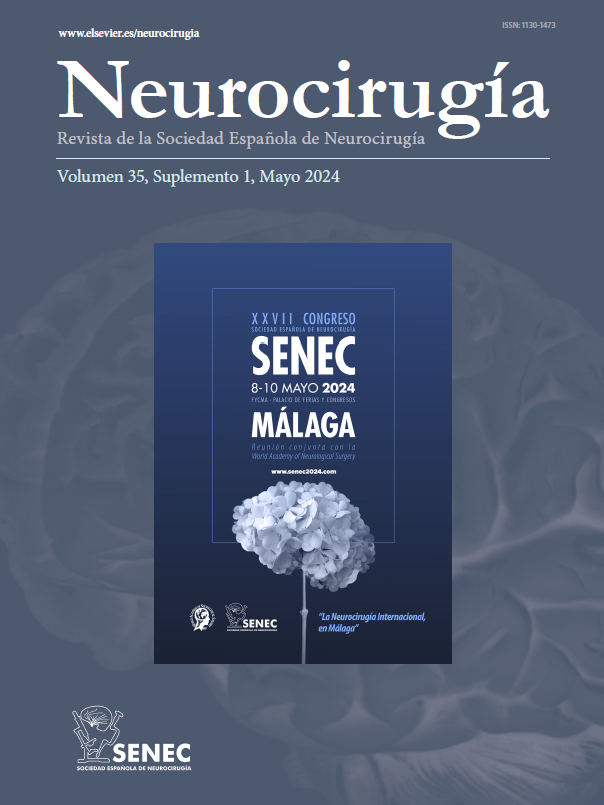Journal Information
Share
Download PDF
More article options
Clinical Research
Revascularization experience and results in ischaemic cerebrovascular disease: Moyamoya disease and carotid occlusion
Experiencia y resultados de las técnicas de revascularización en patología cerebral isquémica: enfermedad de moyamoya y oclusión carotídea
Fuat Arikana,b,
, Marta Rubierac, Joaquín Serenad, Ana Rodríguez-Hernándeza, Darío Gándaraa, Carles Lorenzo-Bosquete, Alejandro Tomasellof, Ivette Chocróng, Maximiliano Quintana-Corvalanh, Juan Sahuquilloa,b
Corresponding author
a Servicio de Neurocirugía, Hospital Universitario Vall d’Hebron, Barcelona, Spain
b Unidad de Investigación de Neurotraumatología-Neurocirugía (UNINN), Institut de Recerca Vall d’Hebron, Barcelona, Spain
c Servicio de Neurología, Hospital Universitario Vall d’Hebron, Barcelona, Spain
d Servicio de Neurología, Hospital Universitario Josep Trueta, Girona, Spain
e Servicio de Medicina Nuclear, Hospital Universitario Vall d’Hebron, Barcelona, Spain
f Unidad de Neurorradiología Intervencionista, Hospital Universitario Vall d’Hebron, Barcelona, Spain
g Servicio de Anestesiología y Reanimación, Hospital Universitario Vall d’Hebron, Barcelona, Spain
h Servicio de Neurocirugía, HIGA San Martin, Ciudad de la Plata, Buenos Aires, Argentina





